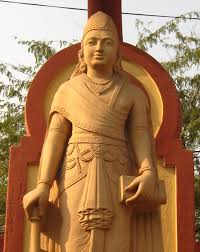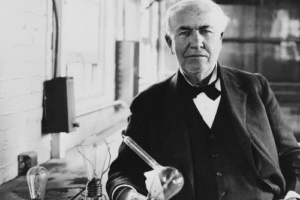Chandragupta Maurya, the founder of the Maurya Empire in ancient India, and Alexander the Great, the Macedonian conqueror, are two prominent figures in history, but there is no concrete evidence that they ever met in person. Alexander’s invasion of the Indian subcontinent, which culminated in the Battle of the Hydaspes in 326 BCE against King Porus, occurred before Chandragupta emerged as a significant political leader.
Alexander’s campaign in India was marked by his victory over King Porus at the Battle of the Hydaspes (modern-day Jhelum River). Despite the victory, Alexander faced considerable resistance from his troops, who were weary and reluctant to continue further into the Indian subcontinent. This led to his decision to halt his eastward expansion at the Beas River and turn back. Although Alexander established a few satrapies (governorships) in the northwestern regions of India, his control over these territories was short-lived.
Following Alexander’s death in 323 BCE, the power vacuum in the northwestern regions of India created an opportunity for local leaders to assert control. Chandragupta Maurya, under the guidance and strategic planning of his mentor Chanakya (also known as Kautilya), seized this moment to build a formidable empire.
Chandragupta’s rise involved the unification of various northern Indian territories, including those previously under Greek influence. He founded the Maurya Empire, which became one of the largest empires in Indian history, extending its influence over much of the Indian subcontinent.
As Chandragupta consolidated his power, he encountered Seleucus I Nicator, one of Alexander’s generals who had taken control of the eastern parts of Alexander’s empire, including regions bordering India. Historical accounts suggest that Chandragupta and Seleucus engaged in diplomatic negotiations, leading to what is often referred to as the Indo-Greek Treaty.
According to these accounts, the treaty resulted in Chandragupta gaining control over certain territories, likely in modern-day Afghanistan and the western regions of the Indian subcontinent. In exchange, Seleucus received a gift of 500 war elephants from Chandragupta, which significantly bolstered his military strength. This agreement may have also included a marriage alliance, though details remain speculative.
The term “Indo-European Treaty” appears to be a misnomer or a misunderstanding of the Indo-Greek interactions. The Indo-Greek Treaty specifically refers to the diplomatic and territorial exchanges between Chandragupta Maurya and Seleucus I Nicator, highlighting the early interactions between Indian and Hellenistic cultures.
Chandragupta Maurya’s strategic diplomacy with the successors of Alexander the Great, particularly Seleucus I, played a crucial role in the expansion and consolidation of the Maurya Empire. While there is no evidence of a direct encounter between Chandragupta and Alexander, their respective legacies intersected through the geopolitical dynamics of the time, shaping the history of ancient India and its interactions with the Hellenistic world.







